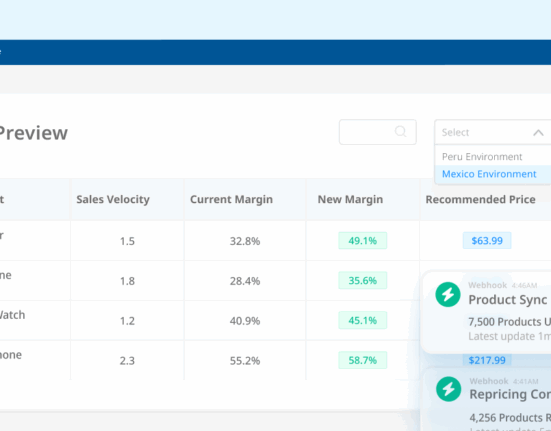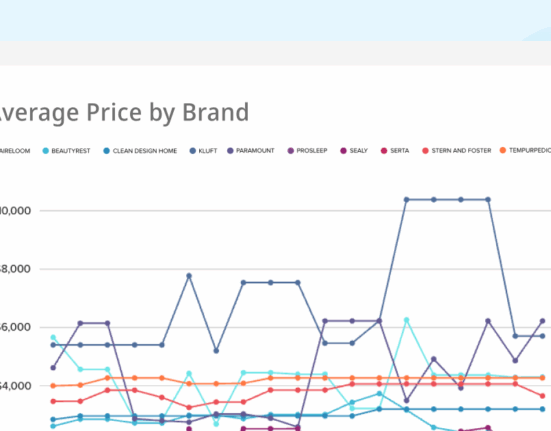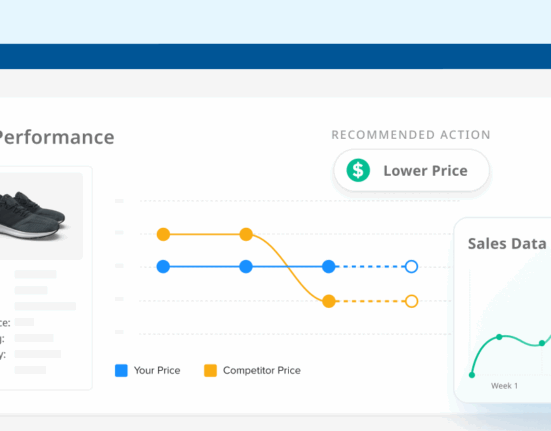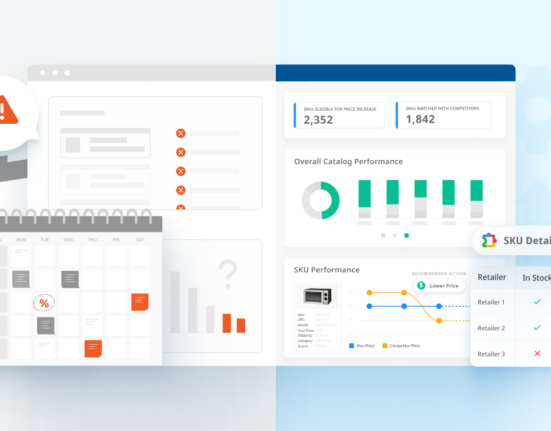There’s an old saying that goes, “the perfect is the enemy of the good.”
Essentially, in all the time you spend trying to get something done perfectly on the first try, you could have aimed for “good” and iterated your way to something better based on feedback. Retailers that strive for perfection in their pricing strategies would often be better served by trying for good first, then perfecting their approaches based on how consumers react to the prices of their goods.
Keystone pricing is one way to do just that. In this short guide, we’ll look at what keystone pricing is, when and how you should use it, and how it compares to similar pricing strategies.
What is Keystone Pricing?
Keystone pricing is a pricing strategy in which merchandise is marked up by exactly twice the wholesale price. Here’s how to calculate it:
Keystone Price = Wholesale Price x 2
That looks a little too simple to be useful, but the entire benefit of this pricing strategy is its simplicity. A keystone markup gives you a rule-of-thumb pricing strategy that, in most cases, will bring you a favorable gross margin.
Keystone pricing has its origins in pre-computer times. The effort and information it took to calculate the optimal price of an item was too great to do manually for the average retail business without access to modern computational power. Doubling the wholesale cost allowed retailers to take into account fixed and variable costs, such as coupons, theft, returns, and other common margin-eaters while still turning a profit.
It wasn’t always ideal, but what it lacked in exactness, it made up for with simplicity.
Keystone pricing is a pricing strategy in which merchandise is marked up by exactly twice the wholesale price.
When and How to Use Keystone Pricing
The most common use of keystone pricing is when a retailer brings a new product to its shelves. Without historical pricing data on the item, it’s hard to know the ideal sales price you should launch with.
That’s where keystone pricing comes in. By doubling the wholesale cost and setting your initial sale price at that level, you can generally get some kind of profit margin, while gathering data on how customers reacted to the initial price. This is where having a dedicated price testing framework is a powerful asset.
If you find that customers aren’t buying at the markup level, you can use markdowns and discounts until the selling price is more in line with customer expectations. Likewise, if your sales volume is extremely high at launch, you could raise the selling price to increase your margin.
Of course, not all product launches are created equal. If you’re selling a big-ticket item with low turnover and high shipping and shrinkage costs, you might end up actually eroding your margin with keystone pricing. Commodities, low-price items, and easily substitutable items, on the other hand, might actually sit in your inventory for ages if you try to double the wholesale cost.
Again, keystone pricing isn’t meant to be exact and ideal, and there are cases where it can be detrimental to your business if you apply it blindly. Consider the product itself and your competitors’ prices before you use the keystone method.

Keystone Pricing vs. Similar Pricing Strategies
Keystone pricing bears some similarities to other pricing strategies that involve taking the wholesale price of an item and raising it to achieve the desired margin. In this section, we’ll look at some of those pricing strategies and compare them to keystone pricing. It’s important to remember, however, that choosing the right pricing strategy is a means to an end, which is ultimately growth and profit.
Value-Based Pricing vs. Keystone Pricing
There’s an intimate relationship between the price of your products and your brand value.
Value-based pricing is a strategy in which a retailer sets the price of an item based on its perceived value, rather than using the item’s wholesale cost or historical prices as a benchmark. We often see this strategy used in luxury markets or when a product is highly differentiated from its competitive offerings.
Pricing based on value means adding a markup to the item, but unlike keystone pricing, the starting point for determining the selling price is the value it brings to the consumer. That could be far higher than the keystone mark of doubling the wholesale price.
Keystone pricing might be simple, but if your keystone price point falls short of the true value of your product, you’re cutting into your own margin. This is where a value-based pricing approach would be superior.
Keystone pricing can still be useful in its simplicity, but only when it’s used in the right contexts.
Cost-Plus Pricing vs. Keystone Pricing
Cost-plus pricing and keystone pricing are very similar, but there’s a small nuance that has to be appreciated. With cost-plus pricing, you’re taking the unit cost, adding in fixed and variable costs, and then adding a markup on top of that to generate an acceptable rate of return. It’s commonly used to ensure that an item earns a small margin, or at least hits a break-even point.
Keystone pricing skips that middle step, simply doubling the wholesale price and hoping that accounts for any fixed and variable costs.
Additionally, cost-plus pricing involves adding a markup that might end up being more than the level you’d get with keystone pricing. What is a “desirable” rate of return differs for each retailer, and also has to be set with an eye on competitor pricing. Your desirable margin might end up pricing you out of the market.
Prestige Pricing vs. Keystone Pricing
Prestige pricing, sometimes referred to as premium pricing, is a pricing strategy that seeks to convey a message of higher product quality and a luxury brand image by selling goods or services at an artificially higher price than comparable products.
The idea behind it is using price as a signal to consumers emphasizing the rarity, exclusivity, or high quality of the product. It’s all about maximizing profit margin in market segments where people are willing to pay more for something that makes them stand out to their social circles.
Just like with value-based pricing, prestige pricing isn’t necessarily tied to the wholesale cost of the item. It’s something to be used only in special cases where a brand’s product is extremely differentiated in terms of quality or availability. If you use a keystone price in these situations, you could be massively undercutting yourself and failing to maximize profits.
Keystone pricing can still be useful in its simplicity, but only when it’s used in the right contexts. Today, retailers have access to powerful price intelligence tools that allow them to do more fine-grained analyses of the market. This makes it easier to set a more ideal price when launching new lines, without losing the ease that keystone pricing offers.









